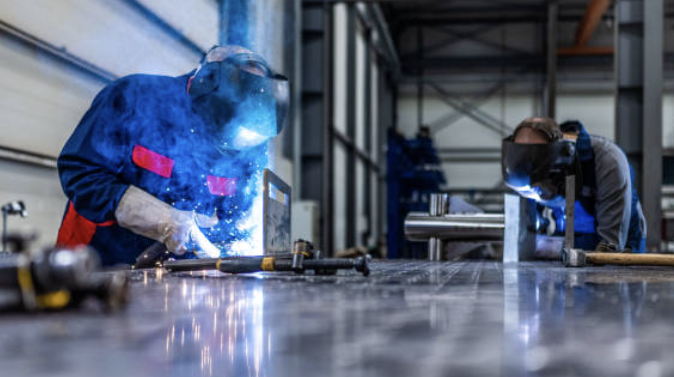
Posted on Tuesday, November 26, 2024
Welding is a vital process in industries such as construction, automotive, and manufacturing, but it also comes with potential hazards. Ensuring safety while operating welding equipment is not just a best practice—it’s a necessity. This guide provides essential safety tips, explores safety features in welding equipment, and answers frequently asked questions (FAQs) to help operators stay safe.
Modern welding equipment includes several features designed to protect operators and enhance safety. Some of the most important safety features are:
Follow these best practices to minimize risks and maintain a safe working environment:
Welding equipment safety refers to the practices and features that minimize risks such as burns, electric shocks, and inhalation of toxic fumes. It ensures the well-being of operators and prevents workplace accidents.
Common risks include:
Auto-darkening helmets automatically adjust their lens shade when exposed to the welding arc’s light. They protect the welder’s eyes from harmful UV and infrared rays and reduce the risk of flash burns.
Yes, welding fumes can contain harmful substances like manganese, hexavalent chromium, and ozone. Use fume extraction systems and work in ventilated areas to avoid inhalation.
Thermal overload protection is a feature that automatically shuts down the welding machine when it overheats, preventing damage and ensuring operator safety.
The best welding gloves are made of heat-resistant materials like leather, providing insulation and protecting against burns and sparks. Look for gloves with reinforced stitching for durability.
A GFCI is an electrical safety device that prevents shocks by shutting off the power supply when it detects a fault or ground leakage.
Safety should always be the top priority when using welding equipment. By understanding the features of modern welding tools and following best practices, you can create a safer work environment. Whether you’re a professional welder or a beginner, never compromise on safety.
Got more questions about welding safety? Drop them in the comments, and we’ll help you stay informed and protected!

Most Popular Roll Forming Machines in the United Kingdom
Posted on Thursday, December 11, 2025
This blog breaks down the five most in-demand roll forming machines in the UK

Can I Finance a Roll Forming Machine?
Posted on Thursday, December 11, 2025
Financing a roll forming machine is easier than most buyers think. Here’s how leases, loans, and payment plans make production affordable.

Roll Forming Machines for Sale in the UK: What Buyers Need to Know Before Purchasing
Posted on Thursday, December 11, 2025
This complete guide explains everything UK buyers must know before purchasing, including machine types, voltage requirements, CE/UKCA compliance

Roll Forming Machines for Sale in the USA: What Buyers Need to Know Before Purchasing
Posted on Wednesday, December 10, 2025
This guide explains everything U.S. buyers need to know before purchasing a roll forming machine, including machine types, pricing, voltage
Copyright 2025 © Machine Matcher.